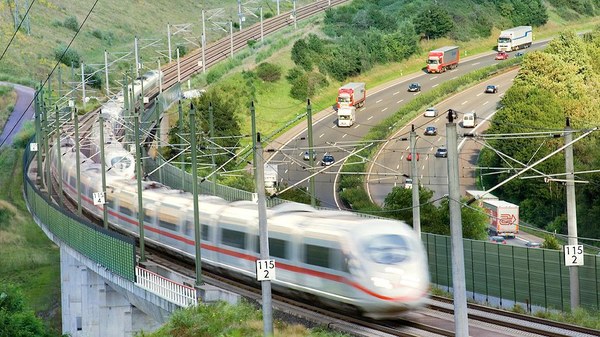Climate impact of traffic
At the Institute of Atmospheric Physics we investigate the effects of various transport emissions on the constitution of the atmosphere and the climate. For example, the relative contributions of single transport means (surface transport, navigation and aviation) are quantified. For this we use laboratory studies, airborne measurements in the atmosphere with the research aircraft HALO and Falcon, as well as global climate simulations, in particular with the climate-chemistry-model EMAC.


